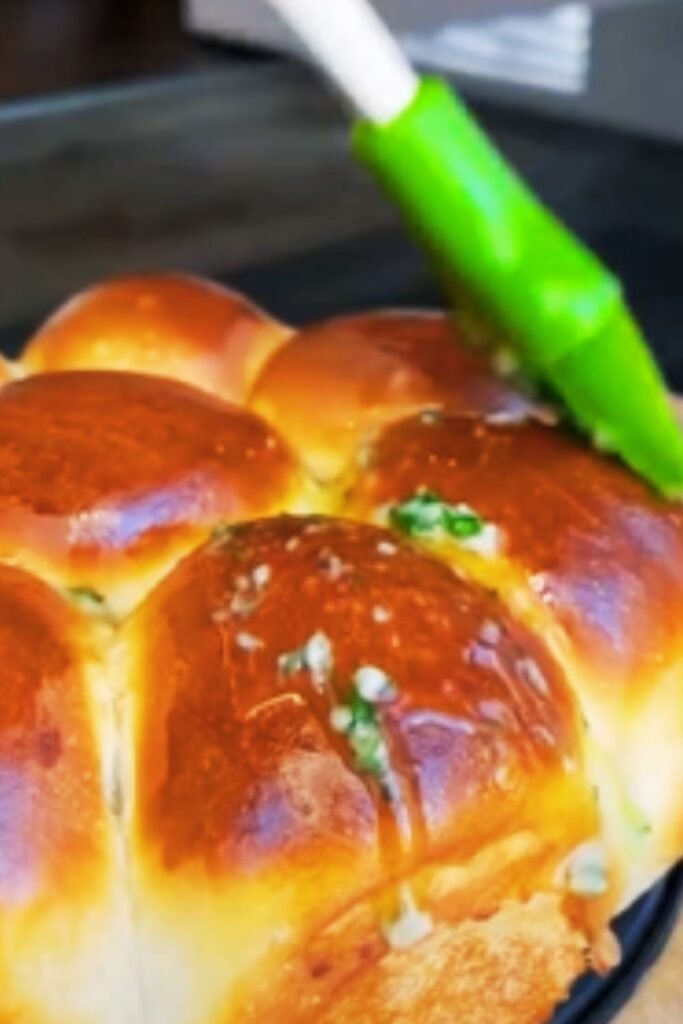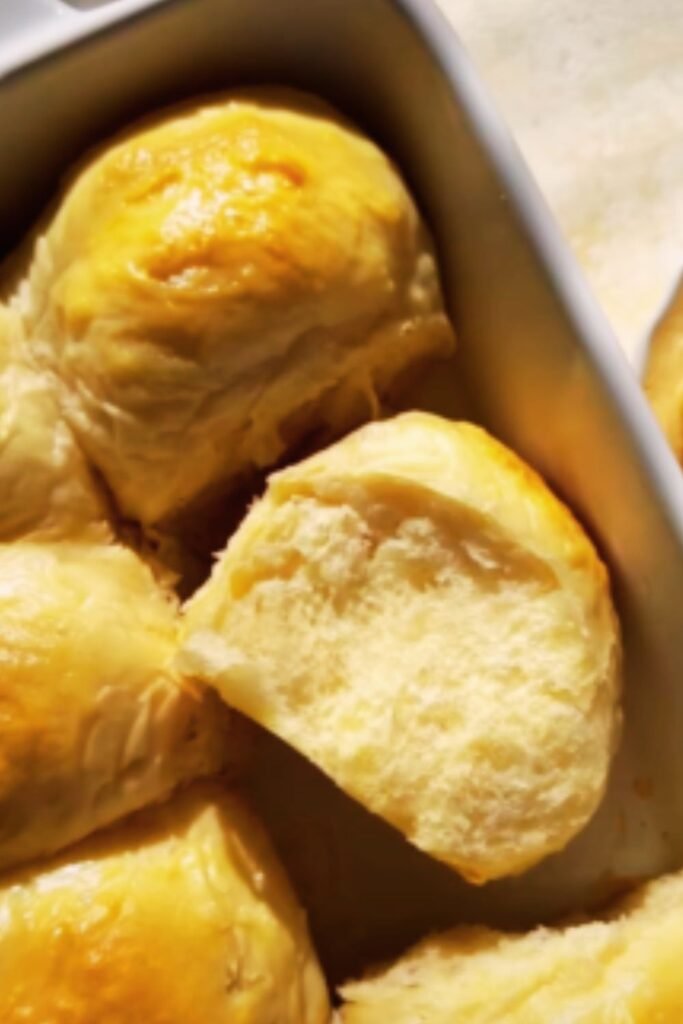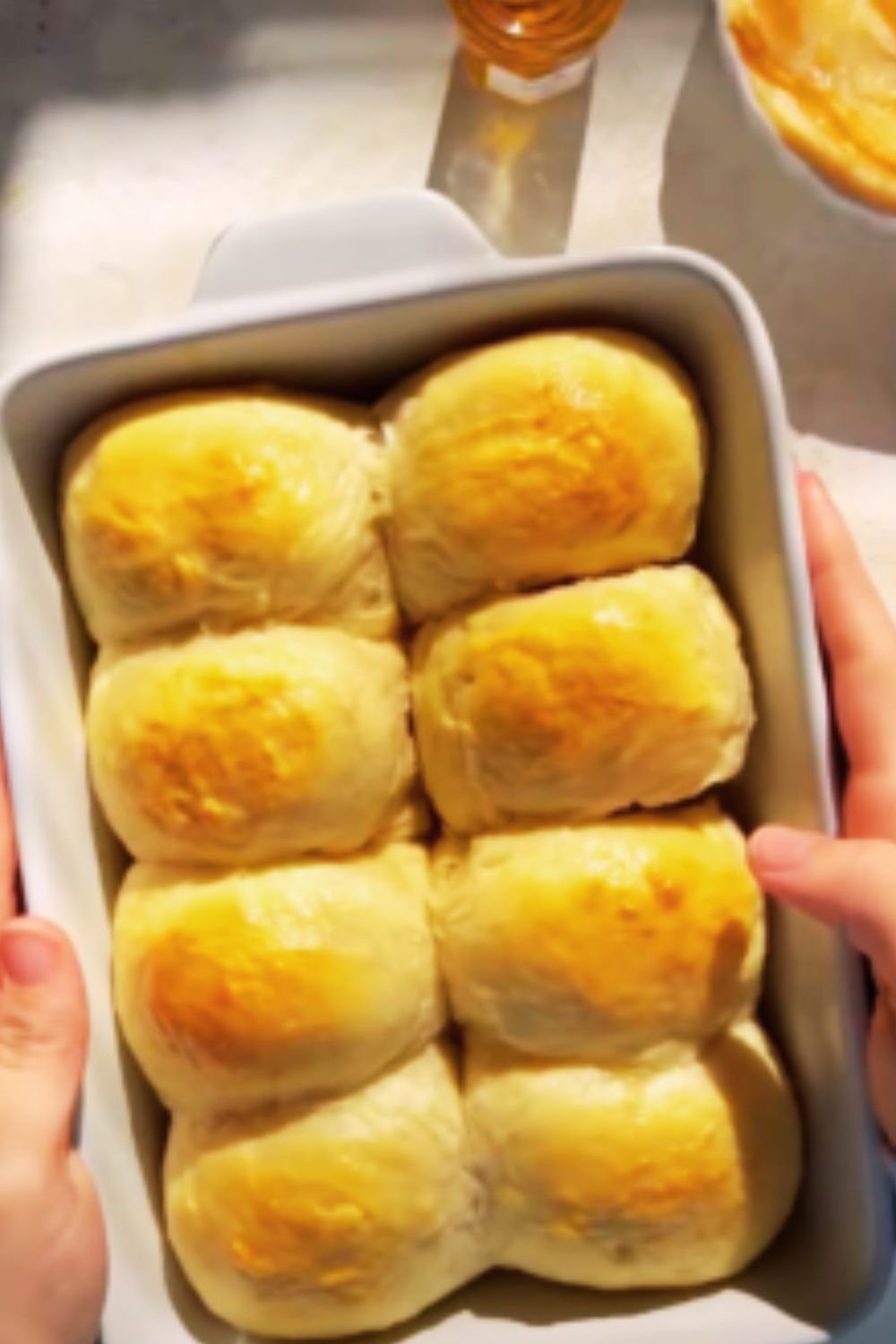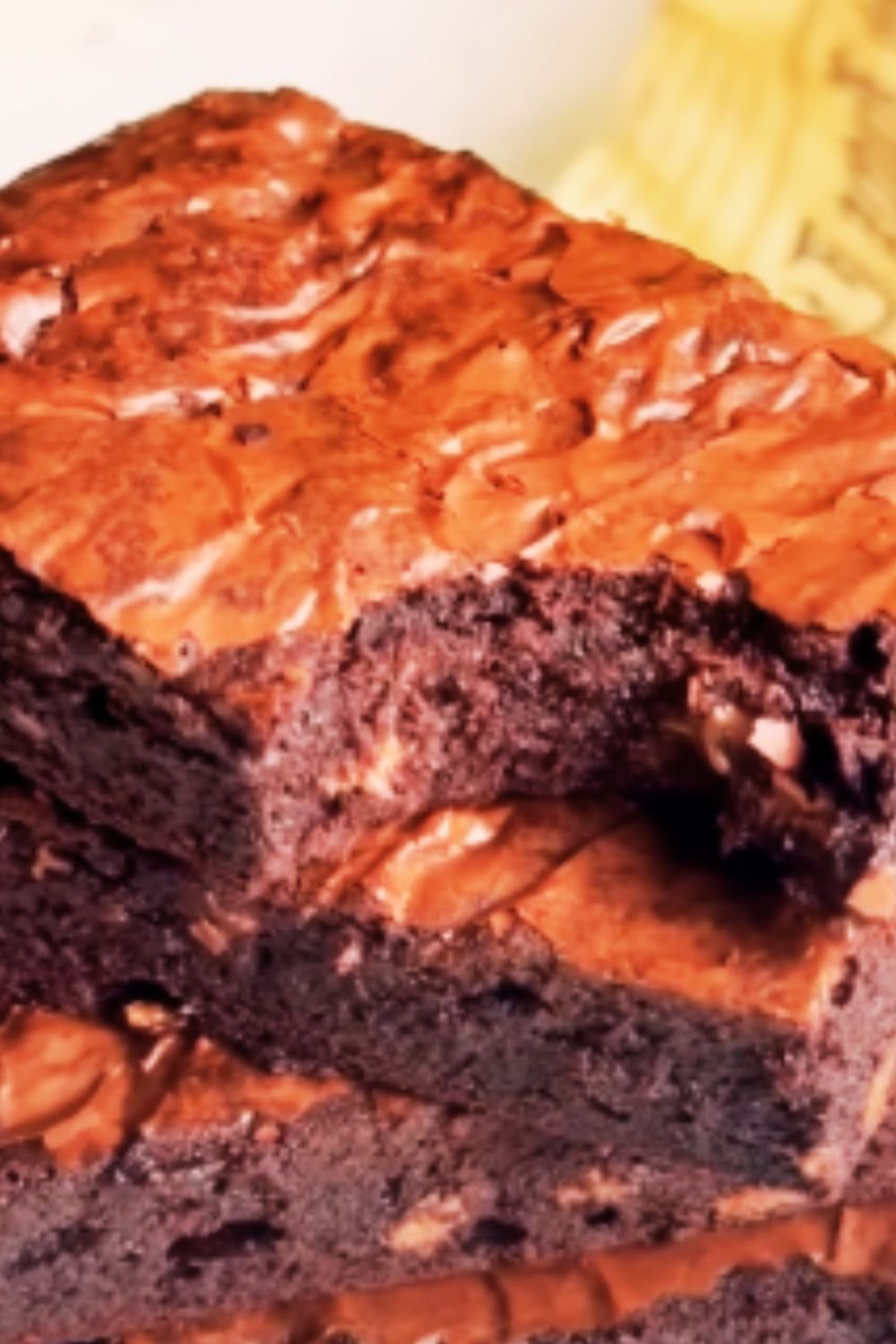There’s something magical about the aroma of freshly baked bread wafting through my kitchen. It’s a smell that instantly creates a sense of comfort and warmth. Today, I’m sharing one of my absolute favorite recipes – Easy Milk Bread Rolls that are incredibly soft, fluffy, and downright irresistible. These pillowy clouds of bread have become a staple in my home, and after trying them, I’m confident they’ll become a favorite in yours too!
What makes these milk bread rolls special is their incredible texture – they’re tender with a slight chew and have that perfect golden crust that gives way to an airy, feathery interior. The best part? They’re surprisingly easy to make, even if you’re new to bread baking.
What is Milk Bread?
Milk bread, also known as Hokkaido milk bread, originates from Japan. It’s distinguished by its incredibly soft, fluffy texture and mild, slightly sweet flavor. The secret behind its cloud-like consistency is a technique called tangzhong – a cooked flour and milk mixture that helps create that signature texture.
Unlike traditional bread recipes that use water as the main liquid, milk bread (as the name suggests) incorporates milk, which adds richness and contributes to that wonderful tender crumb. The higher fat content and sugar in milk also helps create a more golden crust when baked.
Why You’ll Love This Recipe
Before diving into the recipe, let me tell you why these milk bread rolls are worth every minute of your time:
- Incredibly soft texture that stays fresh longer than traditional bread
- Perfect for beginners with straightforward techniques
- Versatile – serves as dinner rolls, sandwich buns, or breakfast treats
- Make-ahead friendly – can be prepared in advance and frozen
- Crowd-pleasing – everyone loves these pillowy soft rolls
- Reliable results – this recipe works consistently every time
Ingredients
For the perfect milk bread rolls, you’ll need:
For the Tangzhong (Starter):
- 3 tablespoons bread flour
- ½ cup whole milk
For the Dough:
- 2½ cups bread flour (plus extra for dusting)
- ¼ cup granulated sugar
- 1 teaspoon salt
- 1 tablespoon instant yeast
- ¼ cup unsalted butter, softened
- 1 large egg, room temperature
- ½ cup whole milk, lukewarm
- All of the tangzhong mixture
For the Egg Wash:
- 1 egg
- 1 tablespoon water or milk
Kitchen Equipment You’ll Need
Before getting started, gather these tools:
- Stand mixer with dough hook attachment (or mix by hand)
- Small saucepan
- Whisk
- Mixing bowls
- Baking pan (9×13 inch)
- Pastry brush
- Kitchen scale (optional but recommended)
- Plastic wrap or kitchen towel
- Parchment paper
Step-by-Step Instructions
Making the Tangzhong:
- In a small saucepan, whisk together 3 tablespoons of bread flour and ½ cup milk until no lumps remain.
- Heat the mixture over medium-low heat, stirring constantly with a whisk.
- Within 1-2 minutes, the mixture will thicken to a paste-like consistency similar to pudding.
- Once you can draw a line in the mixture with your whisk and it holds for a few seconds, remove from heat.
- Transfer to a small bowl and cover with plastic wrap directly on the surface to prevent a skin from forming.
- Allow to cool to room temperature before using.
Making the Milk Bread Dough:
- In the bowl of your stand mixer, combine bread flour, sugar, salt, and instant yeast. Mix briefly to combine.
- Add the cooled tangzhong, softened butter, egg, and lukewarm milk.
- Attach the dough hook and mix on low speed until everything comes together, about 2-3 minutes.
- Increase to medium speed and knead for 8-10 minutes. The dough should be smooth, elastic, and slightly tacky but not sticky. If it’s too sticky, add a tablespoon of flour at a time.
- Perform the window pane test: take a small piece of dough and stretch it between your fingers. If it stretches thin enough to see light through without tearing, your dough is ready.
- Form the dough into a ball and place in a lightly greased bowl. Cover with plastic wrap or a damp kitchen towel.
- Let rise in a warm place until doubled in size, about 60-90 minutes.

Shaping the Rolls:
- Once doubled, gently punch down the dough to release air bubbles.
- Transfer to a lightly floured surface and divide into 12 equal pieces (using a kitchen scale helps for uniformity).
- Take each piece and flatten slightly with your palm.
- Fold the edges toward the center, then flip over so the seam side is down.
- Cup your hand over the dough and move in a circular motion, applying gentle pressure to create surface tension and form a smooth ball.
- Place the shaped rolls in a parchment-lined 9×13 inch baking pan, arranged in a 3×4 grid with equal spacing.
- Cover with plastic wrap or a damp kitchen towel and let rise again until noticeably puffy, about 40-60 minutes.
Baking:
- Preheat your oven to 350°F (175°C) while the rolls are on their second rise.
- When the rolls have risen, whisk together 1 egg and 1 tablespoon of water or milk to make an egg wash.
- Gently brush the tops of the rolls with the egg wash for a glossy, golden finish.
- Bake in the preheated oven for 18-22 minutes, or until the tops are golden brown and the internal temperature reaches 190°F (88°C).
- Remove from the oven and let cool in the pan for 5 minutes.
- Transfer to a wire rack to cool completely (although they’re absolutely divine when still warm).

Troubleshooting Guide
| Issue | Possible Cause | Solution |
|---|---|---|
| Dough too sticky | Not enough flour or too much liquid | Add flour 1 tablespoon at a time until dough is tacky but not sticky |
| Dough too dry | Too much flour or not enough liquid | Add milk 1 teaspoon at a time until dough is soft |
| Rolls didn’t rise properly | Inactive yeast, environment too cold, or not enough time | Ensure yeast is fresh, use warm (not hot) liquid, and give more time for rising |
| Dense texture | Under-kneaded dough or under-proofed | Knead until window pane test passes, ensure proper rise time |
| Tough texture | Over-kneaded dough or too much flour | Follow recommended kneading time, measure flour precisely |
| Rolls browning too quickly | Oven temperature too high | Lower temperature by 25°F and cover loosely with foil |
| Uneven baking | Inconsistent roll size or oven hot spots | Use a scale to divide dough evenly, rotate pan halfway through baking |
Variations and Add-ins
One of the things I love about these milk bread rolls is how versatile they are. Here are some of my favorite variations:
Sweet Versions:
- Cinnamon Sugar: Brush rolls with melted butter before baking and sprinkle with cinnamon sugar
- Chocolate Chip: Fold in ½ cup mini chocolate chips into the dough before shaping
- Matcha: Add 1 tablespoon matcha powder to the dry ingredients for beautiful green tea rolls
- Hokkaido Cream Buns: Fill with pastry cream before baking
Savory Versions:
- Garlic Herb: Add 2 teaspoons of garlic powder and 1 tablespoon of chopped fresh herbs to the dough
- Cheese: Mix in ½ cup of shredded cheese (cheddar, gruyere, or parmesan work well)
- Everything Bagel: Brush with egg wash and sprinkle with everything bagel seasoning
- Pesto: Swirl 2-3 tablespoons of pesto into the dough before shaping
Make-Ahead and Storage Tips
Make-Ahead Options:
- Overnight Refrigeration: After shaping the rolls, cover the pan tightly and refrigerate overnight. The next day, let them sit at room temperature for about 1 hour before baking.
- Freeze Unbaked Rolls: Shape the rolls, place on a baking sheet, and freeze until solid. Transfer to a freezer bag and store for up to 1 month. Thaw in the refrigerator overnight and let rise at room temperature before baking.
Storage:
- Room Temperature: Store in an airtight container or plastic bag for up to 3 days.
- Freezer: Once completely cooled, wrap individual rolls in plastic wrap and place in a freezer bag. Freeze for up to 2 months. Thaw at room temperature or reheat from frozen in a 350°F oven for about 10 minutes.
Reheating:
- Microwave: 10-15 seconds for a single roll
- Oven: Wrap in foil and heat at 300°F for 5-7 minutes
- Air Fryer: 2-3 minutes at 300°F for a crisp exterior and warm interior

Serving Suggestions
These milk bread rolls are incredibly versatile! Here are my favorite ways to enjoy them:
- Breakfast: Split and toast with butter and jam or honey
- Lunch: Use as sandwich buns for chicken salad, tuna, or deli meats
- Dinner: Serve warm alongside soups, stews, or as dinner rolls
- Snack: Simply tear and enjoy with a slather of butter
- Holiday Table: These make an impressive addition to any holiday spread
For a complete meal, I love serving these rolls with:
- Creamy tomato soup
- Roast chicken and vegetables
- Beef stew
- Garden salad with vinaigrette
Nutritional Information
| Nutrient | Amount per Roll |
|---|---|
| Calories | 185 |
| Total Fat | 6g |
| Saturated Fat | 3.5g |
| Cholesterol | 35mg |
| Sodium | 205mg |
| Total Carbohydrates | 28g |
| Dietary Fiber | 1g |
| Sugars | 4g |
| Protein | 5g |
Note: Nutritional values are approximate and may vary based on specific ingredients used.
Recipe FAQs
Q: Can I make these rolls without a stand mixer? A: Absolutely! You can mix the dough by hand with a wooden spoon and then knead on a floured surface for about 10-12 minutes. It’s more work, but the results are just as delicious.
Q: What if I don’t have bread flour? A: All-purpose flour can work in a pinch, but bread flour gives these rolls their perfect chewy texture due to its higher protein content. If using all-purpose, you might need slightly less liquid.
Q: Can I substitute the whole milk with non-dairy alternatives? A: Yes! I’ve made these with oat milk and almond milk with good results. The texture might be slightly different, but still delicious. Just make sure to use unsweetened versions.
Q: How crucial is the tangzhong step? A: The tangzhong is what gives these rolls their signature softness and extended freshness. While you could skip it, I wouldn’t recommend it as the final product won’t be the same.
Q: Can I double the recipe? A: Definitely! Just make sure your mixer can handle the volume of dough, or mix in batches. You’ll also need two baking pans.
Q: My dough isn’t rising. What’s wrong? A: Check that your yeast is fresh and active. Also, make sure your milk wasn’t too hot (which can kill the yeast) or too cold (which won’t activate it). The ideal temperature is about 105-110°F.
Q: Can I make these into loaves instead of rolls? A: Yes! This recipe makes one perfect 9×5 inch loaf. Shape the dough and place in a greased loaf pan. Let rise until it crests the pan and bake at 350°F for 30-35 minutes.
Why This Recipe Works
As someone who’s been baking bread for years, I’ve fine-tuned this recipe to ensure success. Here’s why it works so well:
- The tangzhong method: This pre-gelatinized starch mixture helps the dough retain moisture, resulting in bread that stays soft for days.
- Proper ratios: The balance of fat (butter and milk) to flour creates the perfect texture – not too rich, but definitely not lean.
- Two rises: Allowing the dough to rise twice develops better flavor and texture.
- Egg wash finish: This simple step ensures a beautiful golden crust that’s still tender.
- Versatility: The base recipe can be adapted countless ways, making it a true kitchen staple.

Conclusion
These easy milk bread rolls have become my go-to whenever I want to impress family and friends with homemade bread. There’s something deeply satisfying about pulling apart these pillowy soft rolls, watching the steam escape, and taking that first heavenly bite.
The tangzhong method might seem like an extra step, but it’s quick and makes all the difference in creating that melt-in-your-mouth texture that keeps everyone coming back for more. Even if you’re new to bread baking, I encourage you to give these a try – they’re forgiving and the results are truly rewarding.
Whether you’re serving them alongside your favorite soup, using them for sandwiches, or simply enjoying them warm with a pat of butter, these milk bread rolls are sure to become a staple in your baking repertoire. Happy baking!


